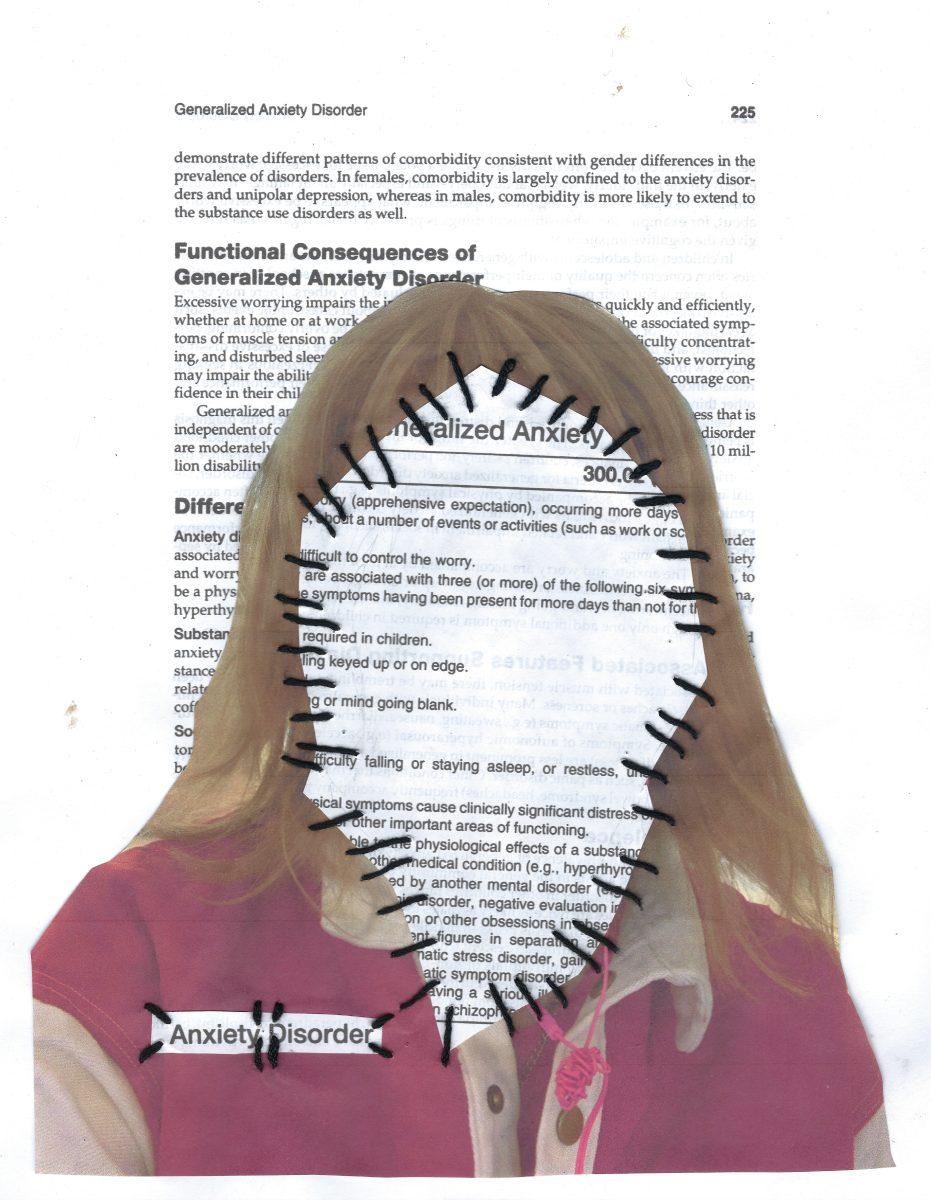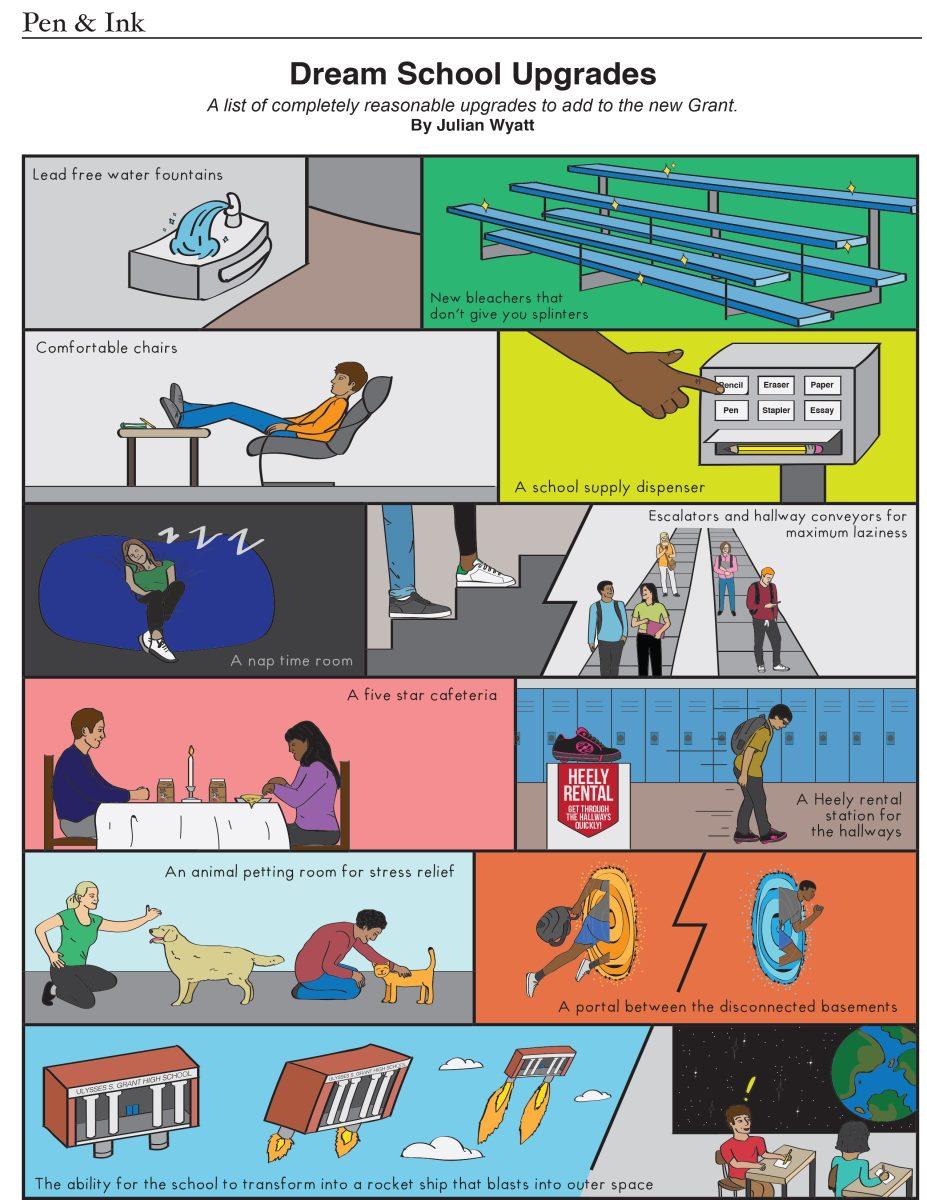
Each year around this time, Grant juniors and seniors, along with millions of other high school students in the United States, are either finishing standardized testing or just beginning the process. Today, standardized tests like the SAT and the ACT are the two most important determinants of college admissions, according to a study by the National Association for College Admission Counseling. For anyone hoping to attend an esteemed four-year college or university, taking one or both of these tests is almost always a requirement.
However, it’s a requirement that holds back many students of color. Black, Hispanic and Native American students consistently score lower on the SAT and ACT, demonstrating that standardized tests are often more an indicator of privilege than they are of intelligence. This contributes to the lack of black, Hispanic and Native American students in college, and in the end, the test itself isn’t even a solid prediction of college success. Studies done by colleges show that grades and coursework are the best indicators.
The SAT and ACT present a pointless barrier to higher education. To truly create an equitable and fair college admissions process, the tests need to be phased out.
On average, white students already get better grades in school than black and Hispanic students, with a GPA that is around 0.5 points higher than their black and Hispanic peers. When examining the breakdown of average SAT scores by race, that gap is even more pronounced. In recent years, race has become the number one predictor for both SAT and ACT scores.
Because these tests are a major part of college admissions, they become a roadblock for many students when applying to colleges.
It comes down to access to resources, or lack thereof, that set students on a path that can disadvantage them. The Oregonian found that schools in Portland Public Schools that have more lower-income students and students of color have a smaller chance of being offered algebra in middle school. This means that they can’t reach higher-level math classes that would otherwise prepare them for the SAT math section.
This is only one example, but it holds true across all subjects. With fewer resources at a young age, disadvantaged students don’t have the same head start as privileged students, making the college admissions process more difficult. Black and Hispanic students are overrepresented among those attending community college or going to school part time, both of which have low graduation rates.
Money also plays a large role in the accessibility of preparation for these tests because classes and tutors are expensive. In Portland, the Saturday Academy’s SAT prep costs $449. Kaplan Test Prep, which includes both online and in-person tutoring, can cost between $599 and $2,199. The expense of these test preparations make them inaccessible to many families, and those students won’t have the resources to improve their test scores.
While the ACT is administered throughout PPS for free, the SAT is not. Getting to the exam location and paying for the test is solely the responsibility of students and their families.
Currently, Grant offers fee waivers for the SAT, posts links to study resources on Naviance and has provided college readiness classes like AVID (Advancement Via Individual Determination), with a small amount of general test preparation embedded in the curriculum. But Grant has yet to develop a consistent format for SAT and ACT tutoring. Grant needs to follow the lead of schools like Franklin High School that offer free preparation assistance for college readiness tests.
Some free resources are available. College Board says that 20 hours of practice using Khan Academy, a free personalized SAT practice resource online, is strongly correlated with vast improvements in students’ scores regardless of GPA, gender, race, ethnicity or parental education. But unreliable access to the internet remains a barrier for many students.
Although the fight to get rid of standardized testing is very much alive, with some colleges becoming “test optional,” progress is still slow. For now, increasing access to preparation for these tests is the only option.
Standardized testing is such a large part of college admissions that the racial and income disparities in performance cannot be brushed over. The unfortunate reality is that what makes some students succeed, and others not, starts at birth, and the gap keeps growing from there.
We must take initiative to eradicate colleges’ reliance on standardized testing and create an education system that grants equal opportunity
for all. ◆











































